F1 and Formula E: What These Sports Can Learn from Each Other for the Modern Day Enthusiast
As Formula E kickstarts its landmark 10th season, I reflect on what the sport seems to be doing right, and why we need to reimagine the role of Formula E in the motorsport landscape.
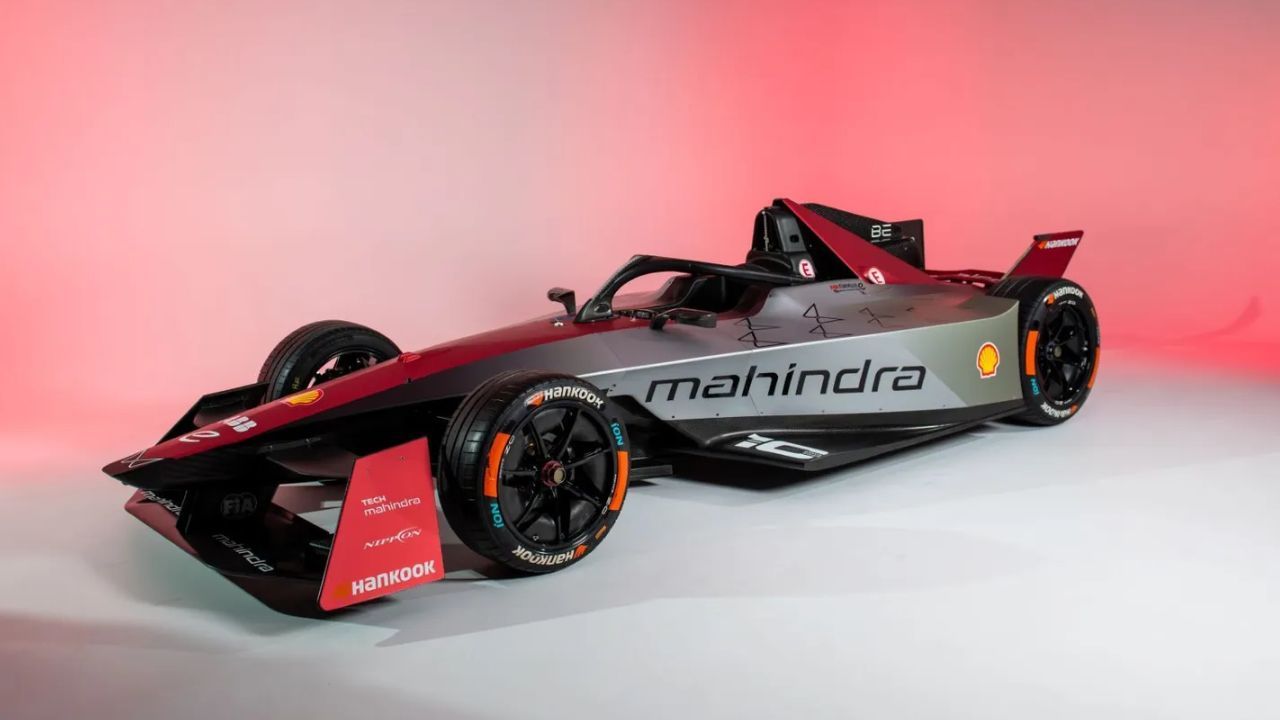
In 2014, Bernie Ecclestone famously declared that the sport is not interested in young fans - priding itself on catering to the rich over 70-year-olds who could afford a Rolex. It’s difficult to believe that was exactly a decade ago because the face of the F1 viewer has literally transformed since then. In the wake of Liberty Media’s takeover, it became apparent that the sport needs to start attracting younger audiences if it hopes to survive. A crop of young, charismatic drivers, the rise of social media and the eventual success of “Drive to Survive” proved to be a winning formula. Younger audiences tuned in to the sport like never before - the average age of the F1 viewer has fallen by several years.
This has led to the sport facing its next challenge. While newer, younger fans are tuning into the sport, their attachment to the sport seems quite fleeting. In some cases, viewers prefer to watch Drive to Survive than the actual races. In other cases, they follow races on social media without really watching a single lap. If we visualise fans from ‘casual’ to ‘die-hard’ based on their commitment and passion for the sport, it would emerge that the majority of the new fans have not yet forged a strong emotional bond with the sport. This is a risky place for the sport to be - it means that every race, every season has to be immensely entertaining or the new fans could just leave.

Also Read: F1: McLaren's CEO Zak Brown Positive on Team's Performance, Hopes to Challenge Red Bull in 2024
The obvious inflexion point to convert a “Drive to Survive” fan to a core fan of the sport is getting them to attend a F1 race live. The lure of being at the iconic racetracks, and witnessing the greatest drivers of our times battling in the fastest racing cars is an extraordinary experience. It is said that nobody forgets their first F1 race and how it makes them feel. Unfortunately, this is easier said than done. F1 is notoriously inaccessible - both financially (the ticket and travel costs are exorbitant) and physically (reaching most circuits is a logistical nightmare). And to my mind, this is exactly where Formula E steps in.
Formula E ticks all the boxes that F1 lacks for young fans. During my visit to the Berlin ePrix last May, what truly impressed me was the carnival feeling at the fan village - it literally felt like a huge party for folks of all ages. The kids could whizz around a custom racetrack on scooters, or create their own Formula E helmets (from paper). Others milled about on giant bean bags with glasses of beer. Further ahead, dozens of food trucks served every kind of cuisine imaginable. Fans could pose at a photo booth and take home the photos as a memory.
The race itself is a 45-minute sprint, designed perfectly to suit an era of diminishing attention spans. Thanks to the cars being noiseless, even the youngest fans were comfortable. Tickets were economical - and fans also had the option to join the fan village for a nominal fee without purchasing race tickets. After the race, fans could join the podium ceremony - we were standing literally 10 meters away from the winners!
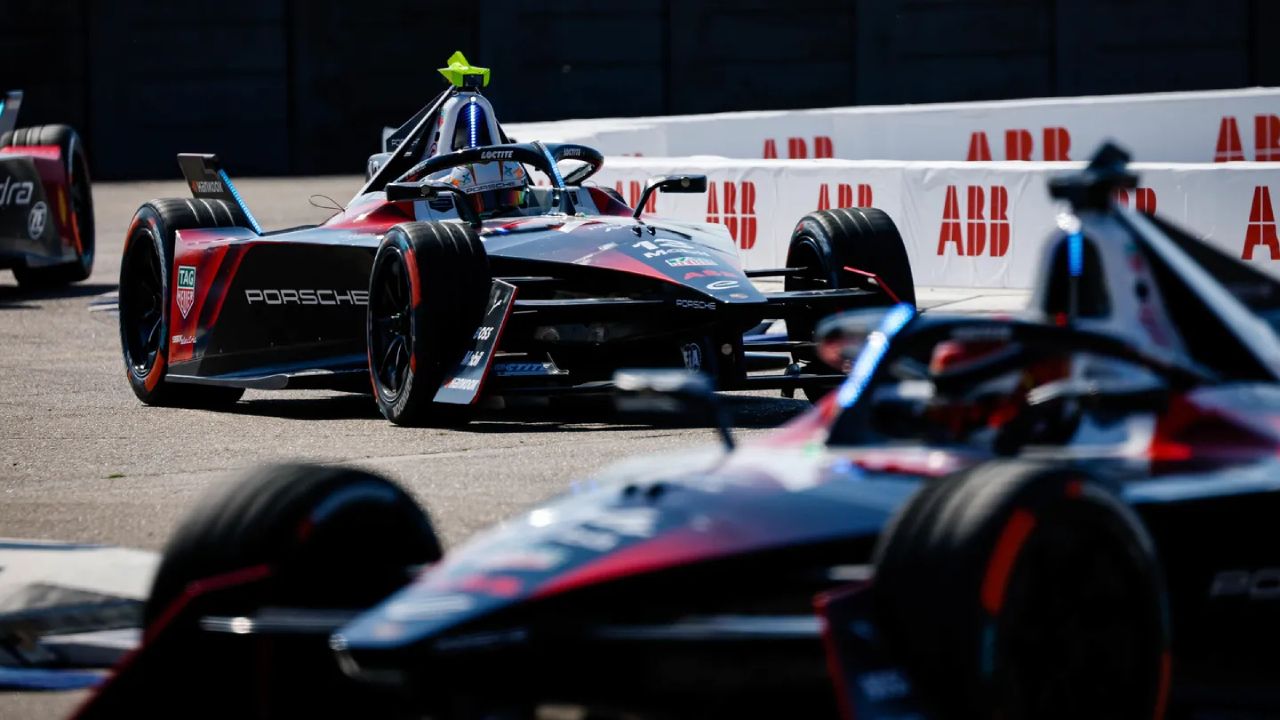
Also Read: Formula E: Porsche's Pascal Wehrlein Wins the Mexico E-Prix, Newcomer Jehan Daruvala Finishes 16th
It would be foolish to expect that Formula E can topple Formula 1 as the most iconic motorsport series of all time. But by reimagining the roles that each plays, we clearly see that they complement each other perfectly. Formula 1 draws in the fans, Formula E makes them stick. Formula 1 is aspirational, Formula E is accessible. Formula 1 has long chased more competitive racing and greater overtakes - something that Formula E has no dearth of. By maintaining these distinct but complementary identities for both series, the FIA is the ultimate winner. In marketing, we often talk about the concept of the customer journey. The synergy between Formula 1 and Formula E exemplifies this.
I’d like to end by citing the example of my daughter Antara, who was aged 2 when we attended the Berlin ePrix last year. She had the opportunity to be up close to the cars, watch the mechanics at work and ask them questions, watch wheel-to-wheel racing from the grandstands and be covered by the confetti at the podium celebrations. She spoke about this experience for days after - I’ll bet my life on the fact that she is a motorsport fan for life.
.webp)
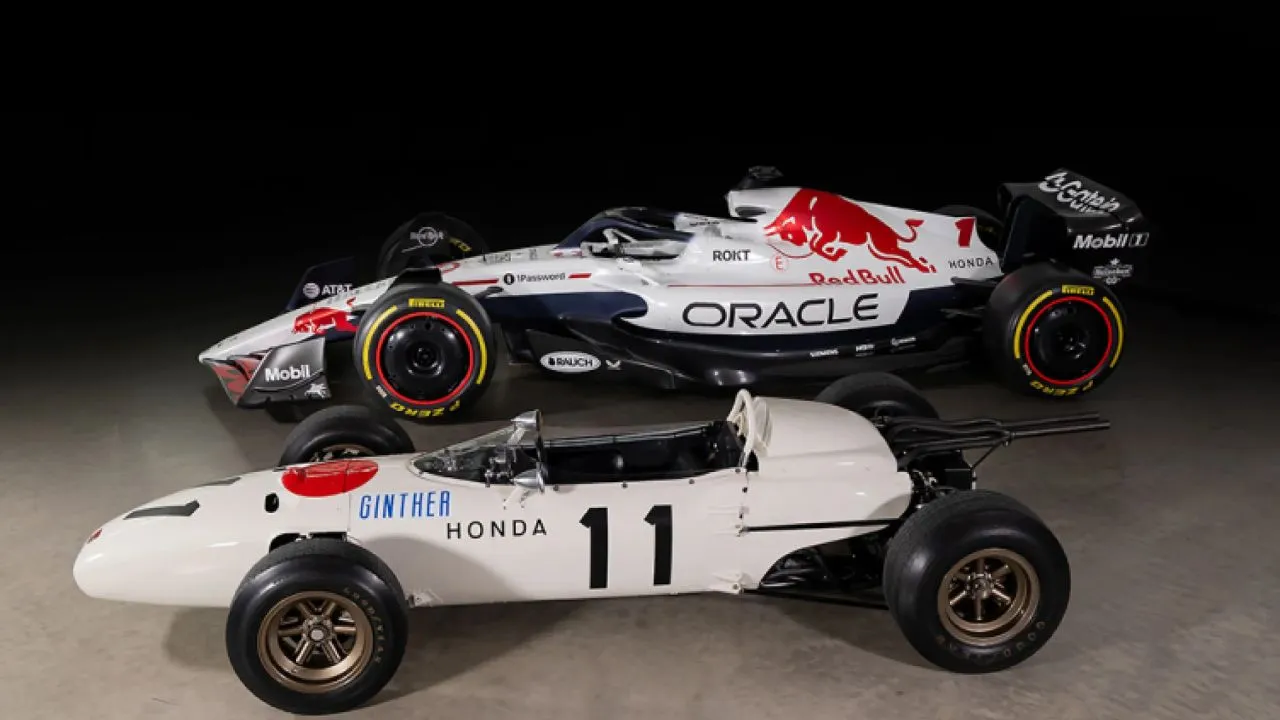
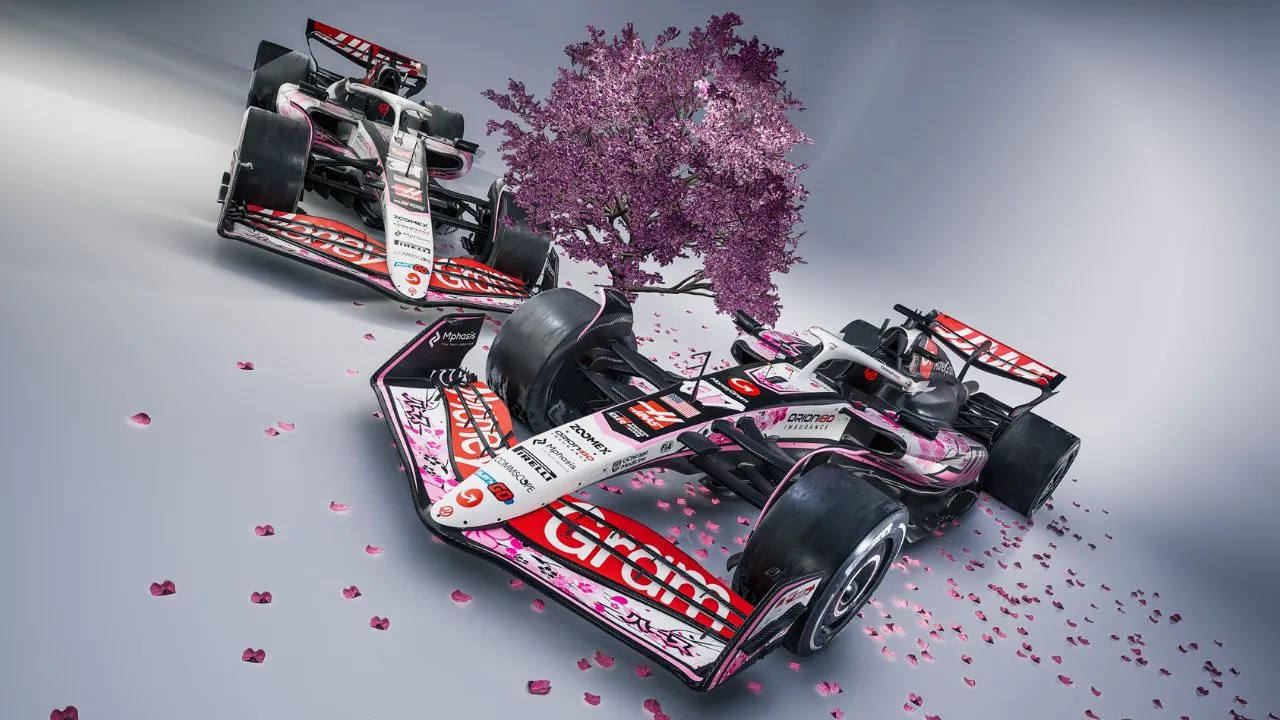
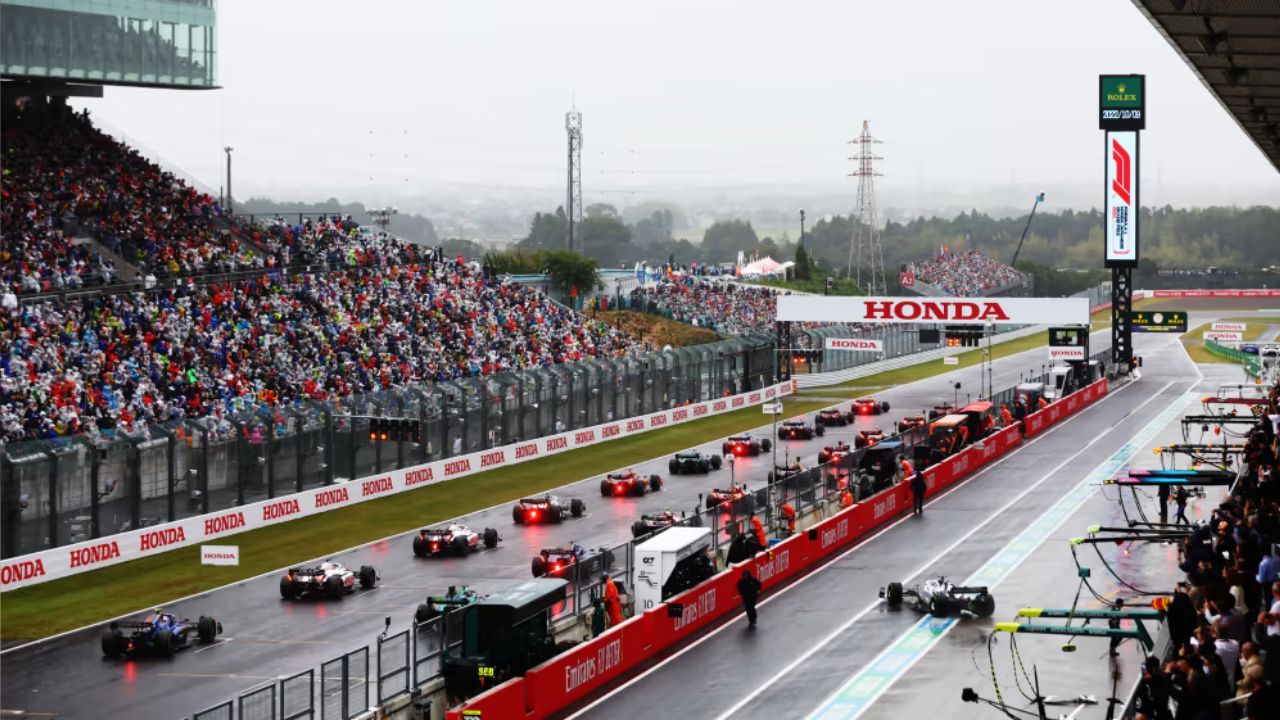

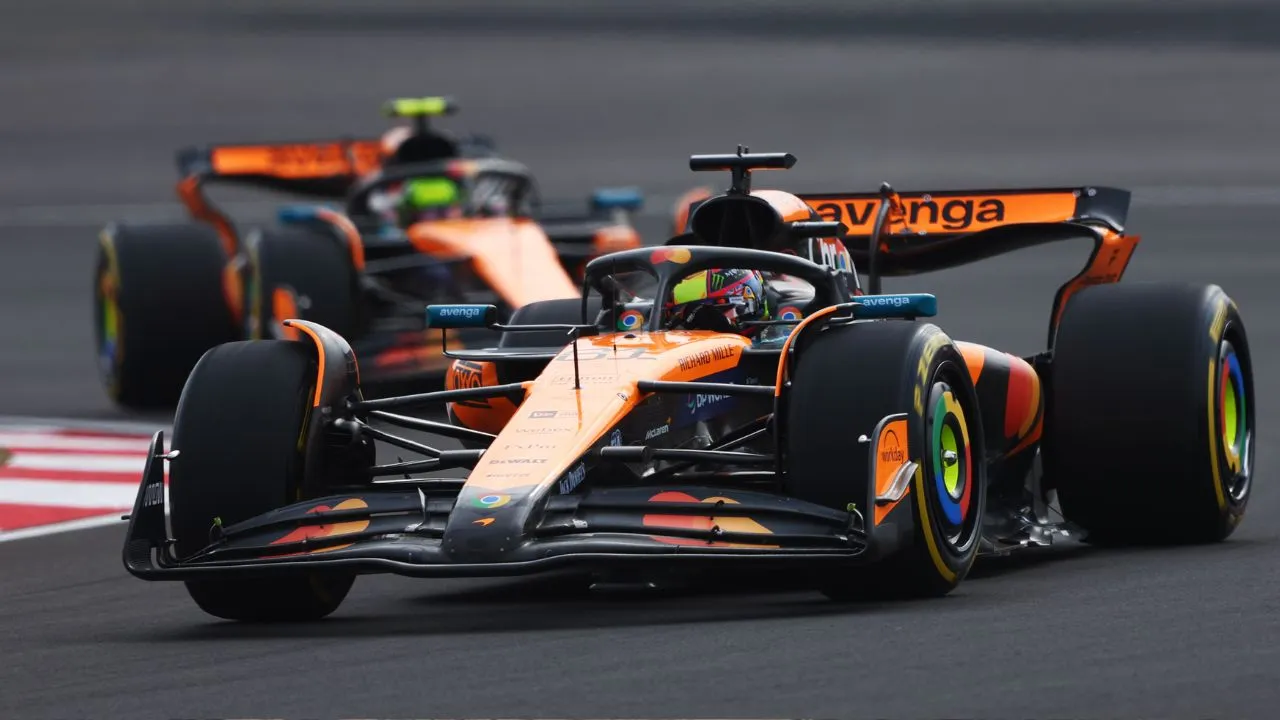






-(1).webp)
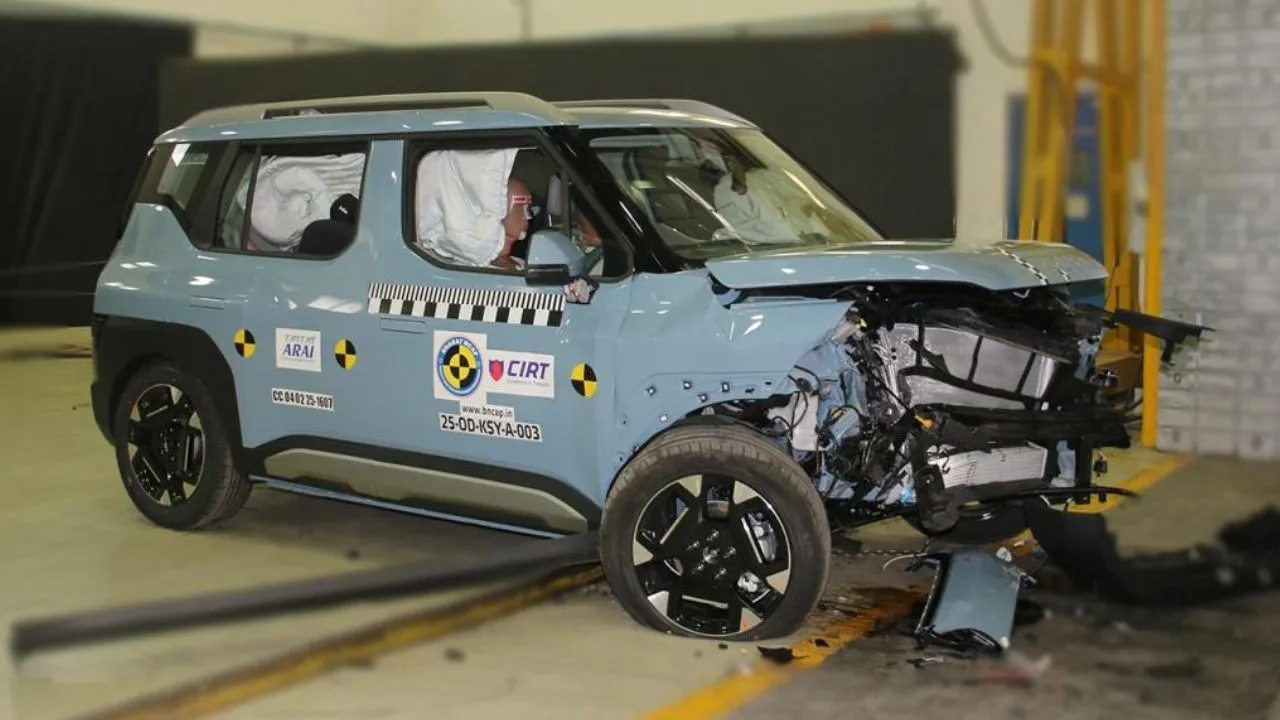
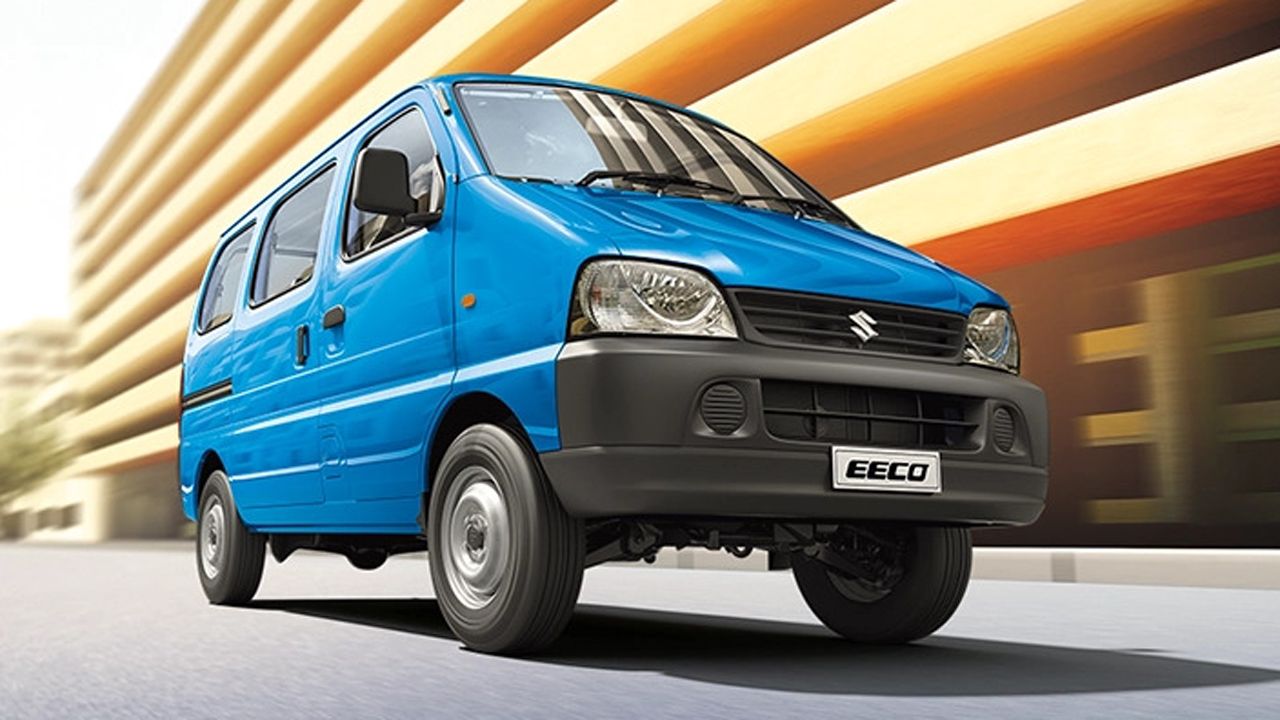





Write your Comment on